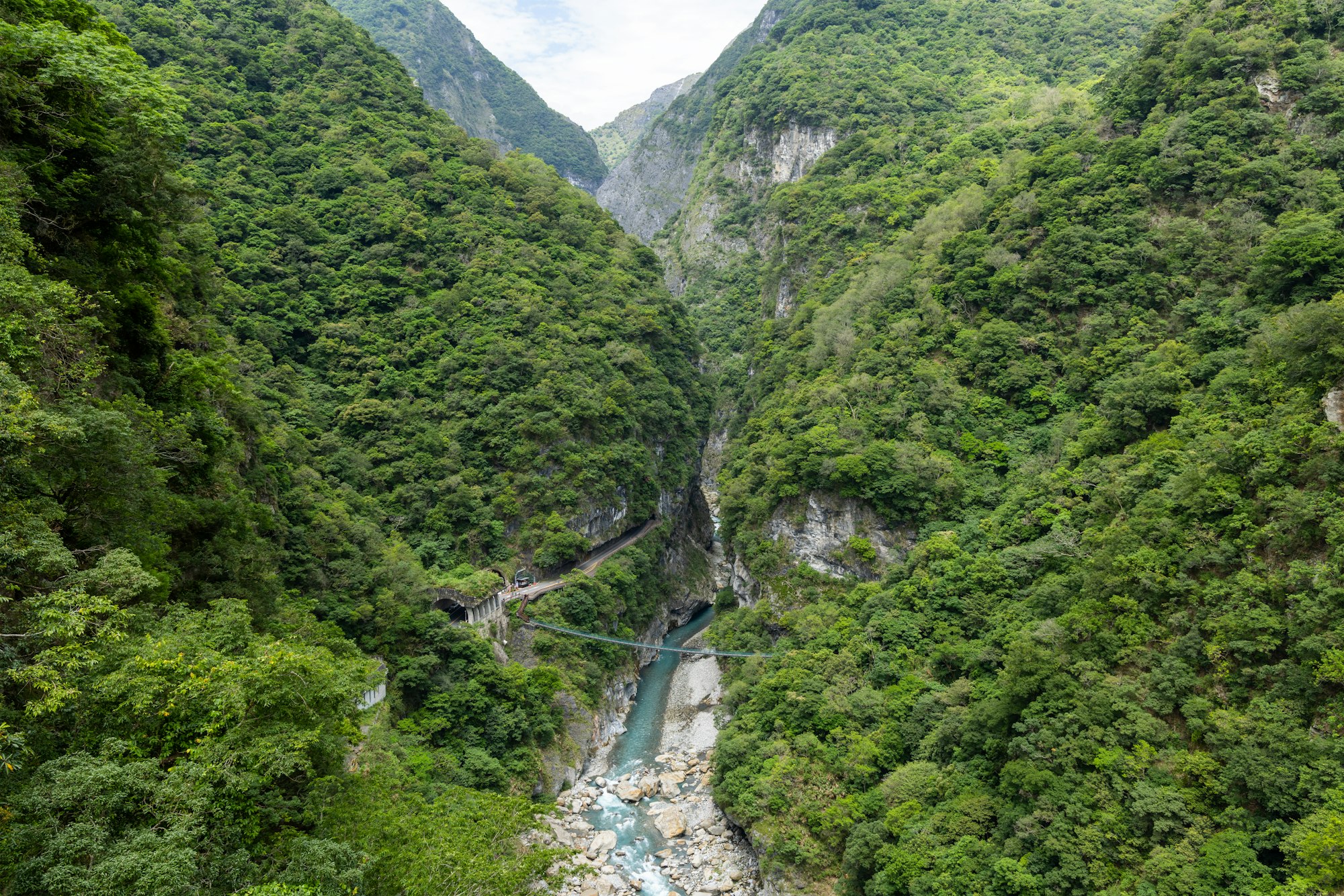What Happened in Hualien and Its Impact on People
Liao Xiu Bo’s Scary Experience
Imagine being in Liao Xiu Bo’s shoes in Hualien, Taiwan, when everything suddenly starts shaking because of a 7.2 magnitude earthquake. He had to run for his life, and when he finally got outside, everything was a mess. This part talks about what it was like the moment the earthquake hit, how scared everyone was, the damage it caused, and how Liao managed to survive.

The Uranus Building Incident
The Uranus building in Hualien partially fell down during the earthquake, which is a big deal because it shows just how destructive the quake was. Liao was worried about a friend who lived there, which shows us how the earthquake didn’t just destroy buildings; it affected people’s lives directly. This story about Liao’s friend highlights how unpredictable and dangerous earthquakes can be.
The Bigger Picture: Damage and Disruption
How Buildings and Services Were Hit
After the quake, 176 buildings were damaged, and people had trouble with their electricity and water. This section talks about the kind of damage that happened and how it messed with everything from homes to basic services, showing just how big of an impact the earthquake had.

People Having to Leave Their Homes
Li Gomez and her family had to quickly get out of their hotel, which is just one example of how chaotic things got. This part is about how hard it was for people to find a safe place to go and the struggles of those who ended up in rescue centers, highlighting the disruption and fear that comes with having to suddenly leave your home.
Ongoing Shakes and Fear
Even after the main earthquake, there were over 300 smaller shakes (aftershocks), and some buildings were still in danger of falling. This part talks about how people like Song De You are still feeling scared, thinking every shake might be another big quake. It shows how the earthquake’s effects lasted way beyond the initial disaster.
This article breaks down the major earthquake in Hualien, Taiwan, by sharing stories of what people went through, the damage caused, and how everyone is dealing with the aftermath. It’s a closer look at the real effects of natural disasters on communities and individuals.

FAQ: The Hualien Earthquake Explained
1. What was the magnitude of the Hualien earthquake, and when did it occur?
The earthquake in Hualien, Taiwan, was a 7.2 magnitude event. This FAQ doesn’t specify the exact date, but it emphasizes the significant strength of the quake and its impact on the region.
2. How many buildings were damaged in the Hualien earthquake?
In the aftermath of the earthquake, 176 buildings in Hualien county suffered damage. This number reflects the extensive impact on infrastructure, including residential and commercial properties.
3. Were there any casualties or missing persons as a result of the earthquake?
This article focuses on the experiences of individuals and the structural damage caused by the quake. It does not provide specific information on casualties or missing persons, which would require further detailed investigation and reports.
4. What were the immediate effects on utilities like electricity and water?
The earthquake led to widespread disruptions in essential services, including electricity and water supply. Many areas experienced power outages and issues with water access, underscoring the earthquake’s significant impact on daily life and basic amenities.
5. How is the community coping with the aftermath of the earthquake, especially with ongoing aftershocks?
The community in Hualien is facing the challenges of recovery and rebuilding, with over 300 aftershocks recorded. The emotional and psychological impact is profound, as many residents continue to feel anxiety and fear of potential future quakes. Recovery efforts are focused on both the physical reconstruction and providing support for those affected by the disaster.
Sources The Guardian


